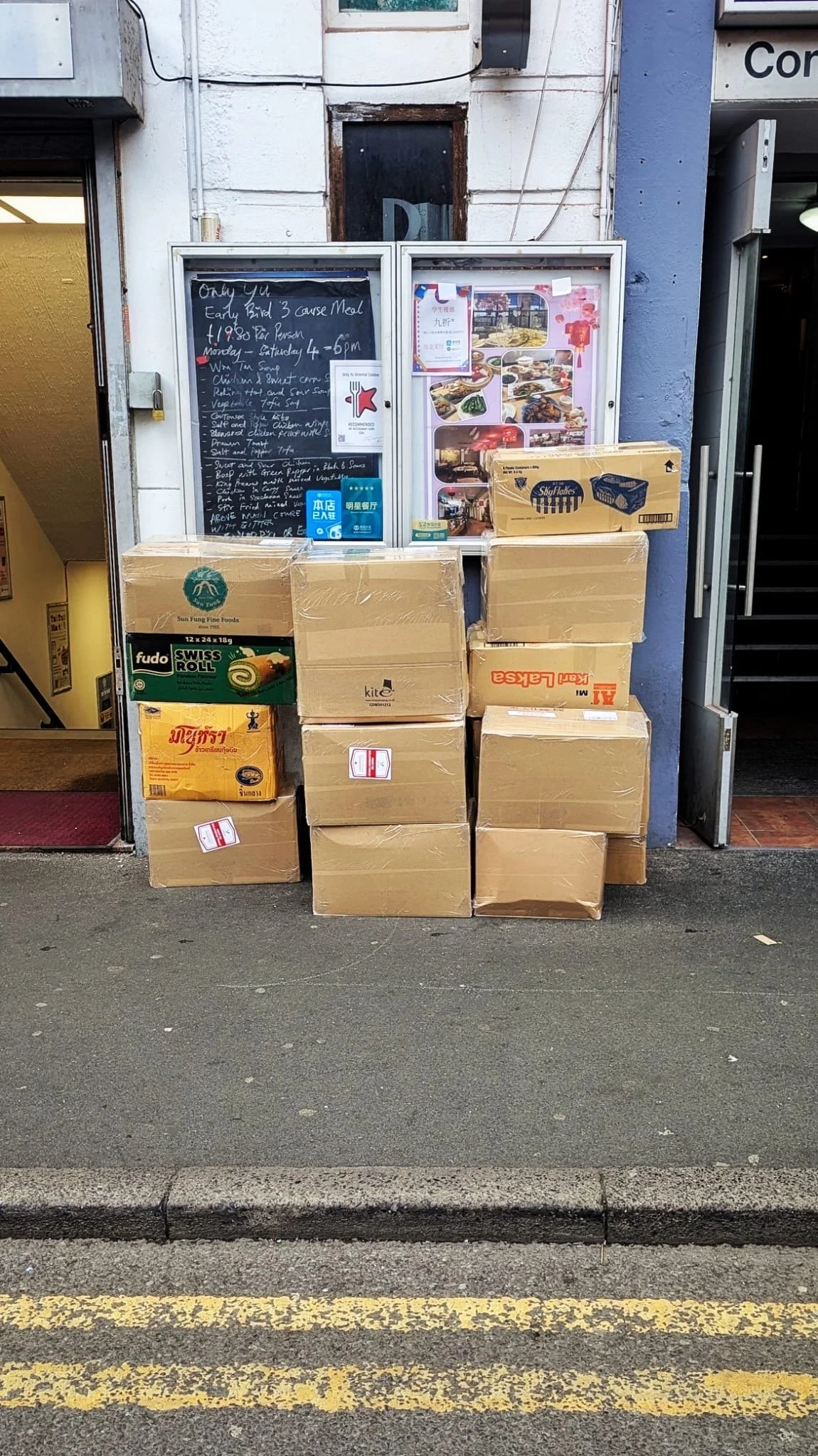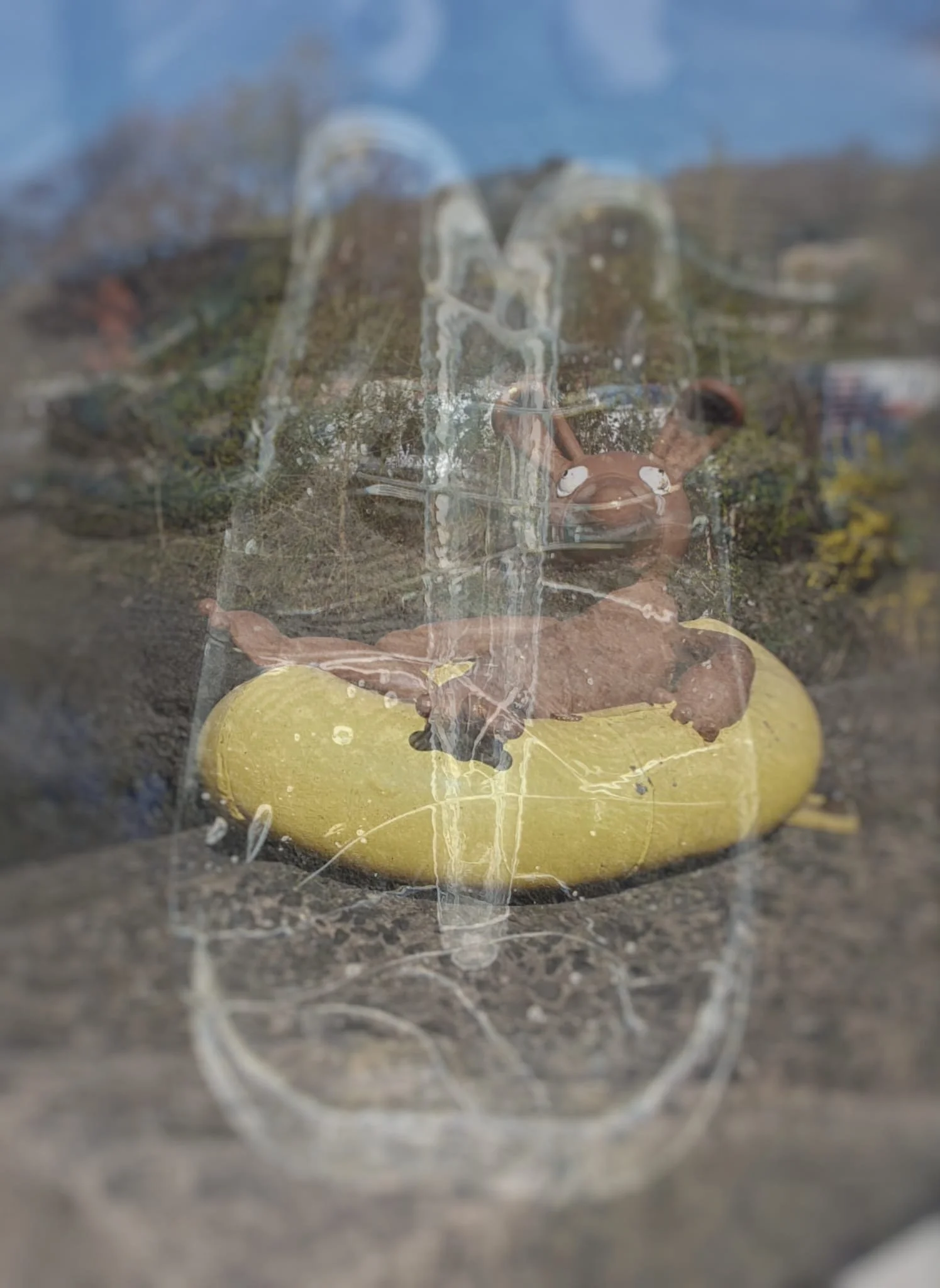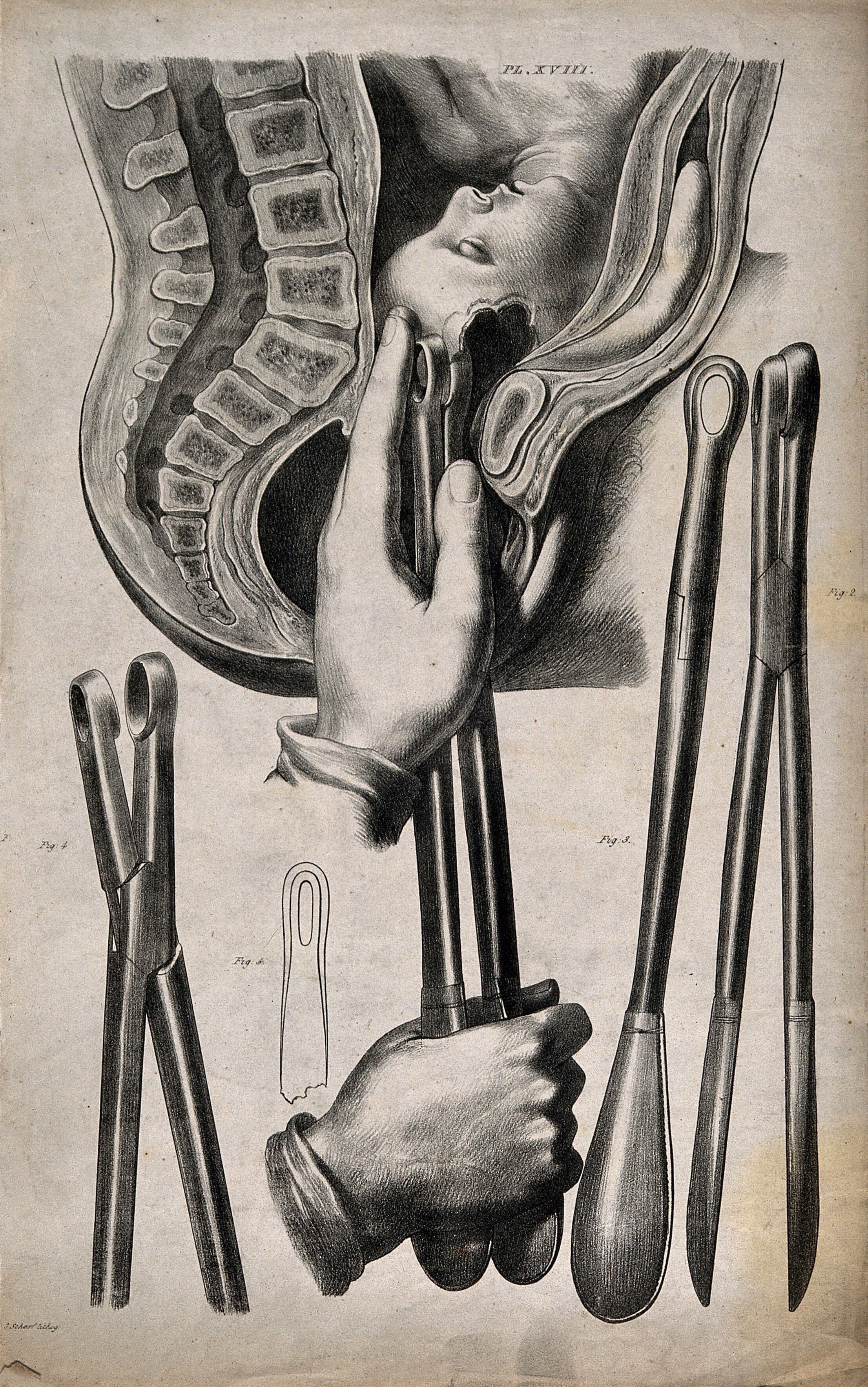



field notes: creative online workshops
Since March we’ve held monthly online workshops to begin experimenting with what a photographic visual response to our Wellcome Collection research ‘looks like’. We have six online workshops from March to September, plus an in-person session happening in Manchester in June. Staff from the Wellcome - who we’ve worked with since the project began – are also taking part in the sessions including all creative activity.
The idea of this block of creative sessions is to ultimately boil down our very long list of LGBTQ+ health inequalities and inequities through conversation and creative experiments, and to decide how and if we want to advocate for LGBTQ+ healthcare once the workshops have completed. We’re essentially giving ourselves permission to play around with what participatory research ‘looks like’ through a photographic artform. It’s brilliant that the Wellcome Collection are committed to the socially engaged approach with this project: there’s no pressure to produce a defined output by the end of these sessions, and staff recognise that our conversations and ideas are the work.
The group have been trained in specific catalogue research skills by the Wellcome Collection team, to give them confidence and agency in exploring the collection online and researching topics of interest to them individually to influence and inspire our work. The majority of the group have never used an archive catalogue before.
We’ve had two ‘introduction to photography’ sessions so far, to empower and inspire the group. These have looked at different types of photographic practice - plus examples of work by a range of photographers including Poulomi Basu, Simon Bray, Sujata Setia, Sunil Gupta, Jill Reidy, Paul Seawright and Tadgh Devlin. Now we’re moving into creative collection-focused sessions to more deeply explore three of the topic areas raised by the group previously: stigma and shame, pleasure and intimacy, pain and healing.
Each session is structured by: 1) exploring related items from the collection to inspire conversions 2) considering work from photographers whose practice focuses on responding to the theme/s raised and 3) group breakouts to discuss specific questions. For example, with stigma and shame, the group will consider ‘what are the most important stories we want to share about stigma and shame?’ and ‘how could we creatively tell those stories through photography?’ At each session the group has an invitation to create some related work afterwards, which is then – if they wish – shared in the next workshop as an icebreaker or opener.
Our final workshop in September will bring all of our thinking, ideas and visual experiments together to decide how and if we’d like to continue our work in order to advocate for LGBTQ+ gynae healthcare. This may take the form of an event, piece of writing, production of specific artwork to share in an exhibition or zine format…but that will all be decided collectively by the group further down the line. This is purposefully slow work, which we’re very much doing in a trauma-informed and person-centred way. Talking about lived experience of gynaecological issues - especially inequalities - can be highly triggering for those involved, so it’s imperative that we go slow, and with compassion.
This participatory research and socially engaged project is being delivered in collaboration with the Wellcome Collection.
Image credits (above):
1) Kate
2) Kate
3) Paula
4) Sarah
Image credits (below):
1) A diagram demonstrating different kinds of forceps, and their use in childbirth. Lithograph by G. Scharf. Wellcome Collection.
2) A foppish fumigator holding a print of a birthing chair question mark. Etching, 1772. Wellcome Collection
3) A woman with some flowers; representing the sense of smell. Engraving, 16--. Wellcome Collection.
4) Female genitalia with a skin disease around the labia and the anus. Chromolithograph, c. 1888. Wellcome Collection.
5) Portrait of Louisa Martindale. President of the Med. Womens Fed. (1930-1932). Wellcome Collection.
6) Six flowering plants, including mugwort (Artemisia vulgaris) and wormwood (Artemisia absinthium). Chromolithograph by W. Dickes & co., c. 1855. Wellcome Collection.






